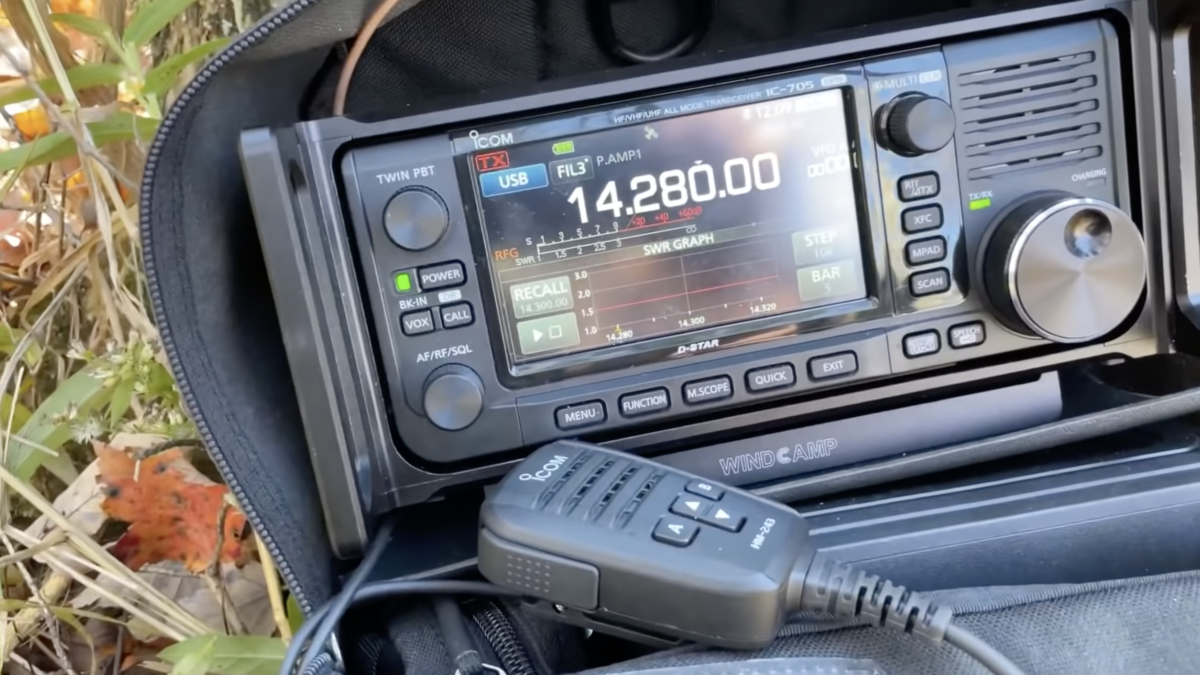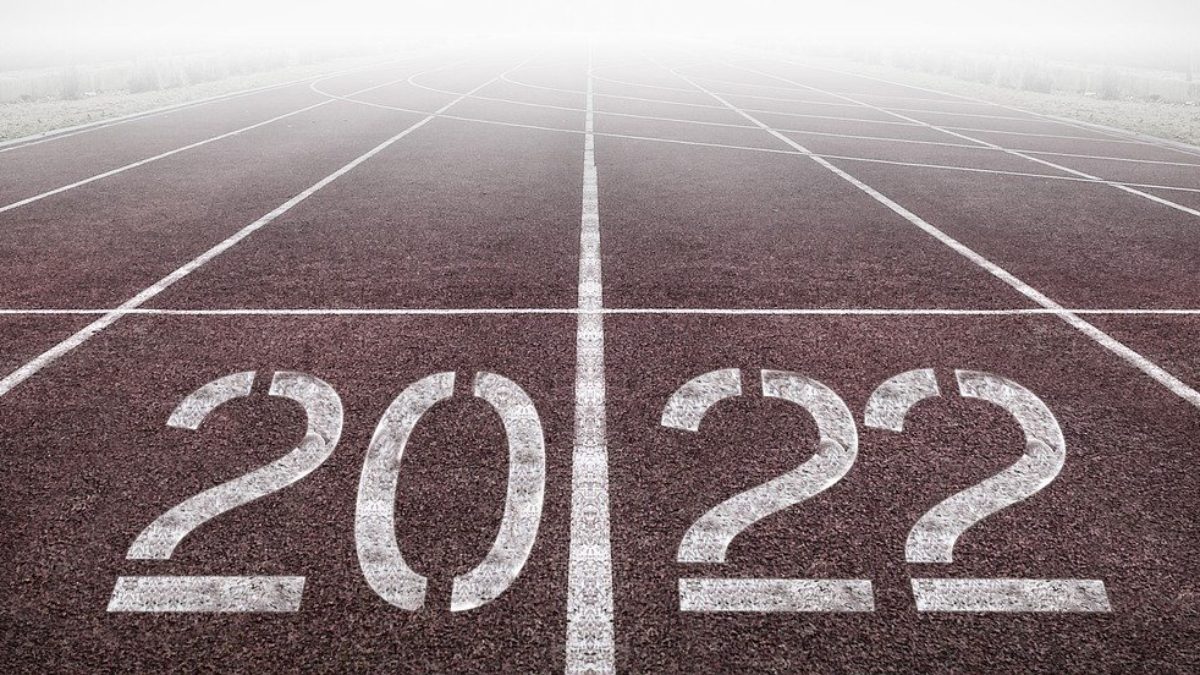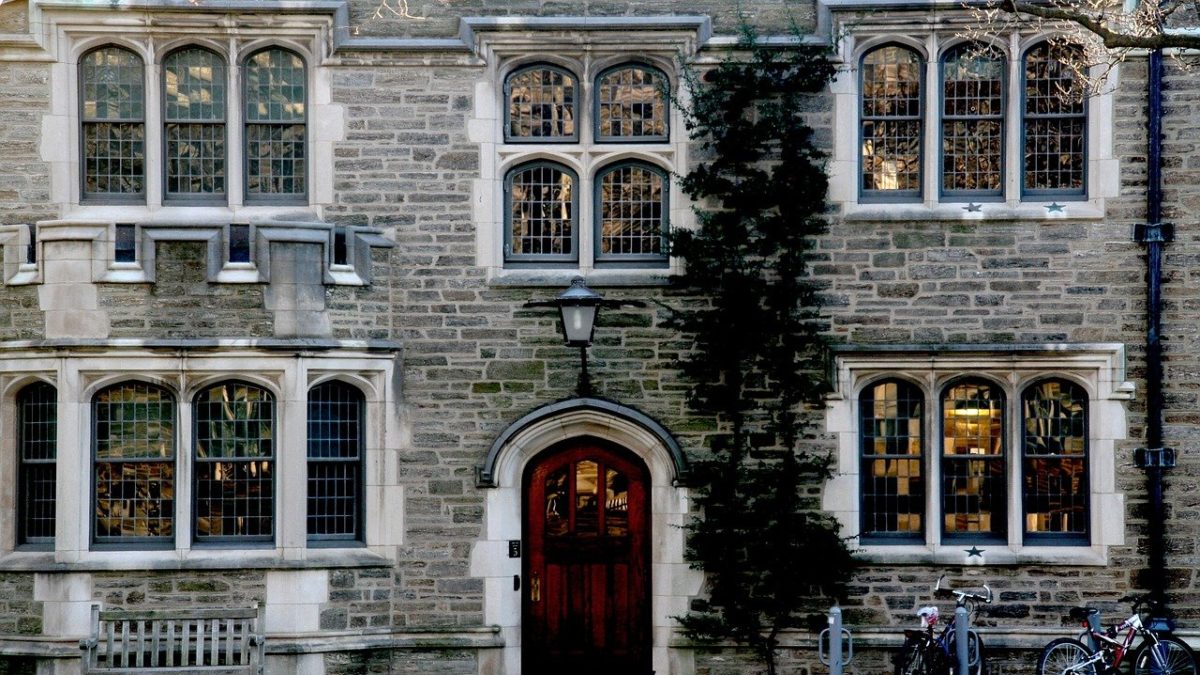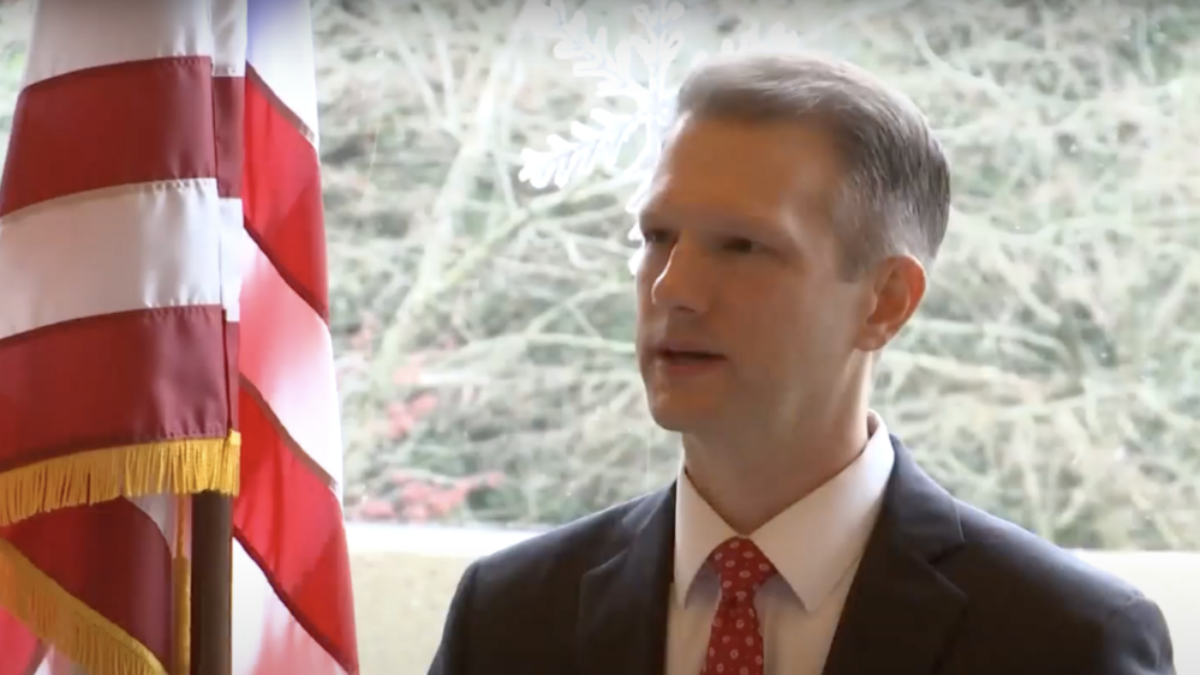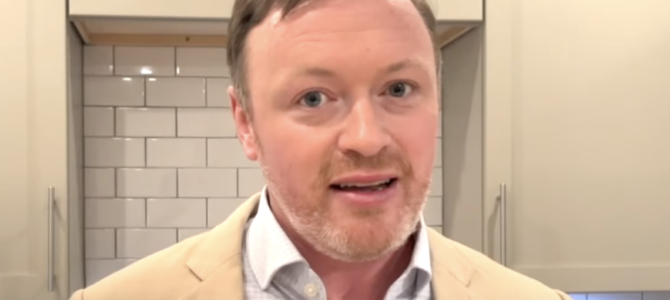Shannon Vore and her friend C.J. Bouchard were out four-wheeling in their Jeep last fall when a passing trucker warned them of what looked like an ATV accident nearby. They said they’d investigate. Deep in the Rocky Mountains of northwest Idaho, there were no towns nearby and no cell phone service.
But both Vore and Bouchard were newly licensed amateur radio operators, also known as “hams.” In amateur radio lingo, the operators are “hams,” and they transmit on “ham radio,” a spectrum of noncommercial radio frequencies. Vore and Bouchard found the accident site and two critically injured teenage girls. After establishing contact with another ham on the national calling frequency, 146.420 MHz, Bouchard handed off the microphone to Vore and began some basic medical treatment. He stopped one of the girls’ bleeding with a tourniquet.
For the next few hours, Vore worked through a ham operator 20 miles away in Coeur d’Alene who was on the phone with 911. She relayed information and instructions to Bouchard and an off-duty EMT who also came upon the scene. Adding urgency to an already dire situation, a storm was blowing in, and a Life Flight Network helicopter was grounded before it could make an air rescue.
Two teams of EMTs were dispatched by ground, and the Coeur d’Alene ham guided them to the site with instructions from Vore. Both girls were transported to a hospital. Due to the actions of the radio-equipped good Samaritans, both will recover.
Like an increasing number of people, Vore and Bouchard have rediscovered an American anachronism: ham radio. What they’ve found is more than a means of communication; they’ve found a community and connection.
Connection, Service, and Disaster Readiness
In a fractured nation with a toxic public square, ham radio — even in this always-online digital age — is a thriving part of civil society. It’s a signal in the noise. And what’s more, it’s a robustly American institution. But more on that in a moment.
Ham radio is booming, spurred on by several trends. Covid lockdowns forced people to stay home. Old radios were dusted off, while thousands of new ham operators were licensed to take to the airwaves.
Ham radio is increasingly popular with off-roaders, who find that amateur band signals can carry much further than Citizens Band (CB) or General Mobile Radio Service (GMRS) signals. At the other end of the call, there’s very likely a ham operator who is trained in emergency and disaster response.
Many come to ham radio through prepping. The hobby’s usefulness in a grid-down situation was demonstrated in the Maui fires, when amateur radio operators stepped in after the cell phone system went down, passing along information to civilians and first responders alike. The nature of ham radio clears away the fringiest of preppers. It is governed by the Federal Communications Commission; it requires an exam, license, and registration with the federal government. That leaves the rest of us — every American who recalls the empty store shelves at the height of the pandemic and every Texan who remembers the deadly freeze of 2021 — to benefit from ham radio.
The biggest boost ham radio has experienced in recent years has been Parks on the Air, or POTA, a successful promotion of the National Parks Service’s 100th anniversary in 2016 that has grown into much, much more. To participate in POTA, hams set up in national, regional, and state parks across the globe, and they look for contacts — transmitting “CQ, CQ, CQ, Parks on the Air…” If they successfully contact at least 10 people, then they activate the park.
Hunters, which are at-home operators, can go to the POTA website to see which parks are currently being activated and on which bands. It’s not a contest; it’s an event. And as it has grown, it has drawn in younger hams. POTA appeals to those who can travel to beautiful places and those who wish they could.
Amateur Radio, an American Tradition
What makes ham radio so uniquely American?
First, it’s an enduring public square. It was the first social media, but it carries on without the bitterness and acrimony on social media platforms now. Part of this is because it’s not anonymous. Operators are required to identify themselves by their call signs every 10 minutes that they are on the air and at the end of every conversation. And part of it is because the FCC has rules against profane language on public frequencies, and the ham community is largely self-policing.
On the ham radio airwaves, connections are made, civilities are exchanged, and contacts are often recorded in logbooks (either on pencil and paper or online). Deeper relationships can form through local amateur radio clubs and meetups, but even casual chats provide the connection Americans clearly crave.
It has been said ham radio is “a hobby, where you use the hobby to talk about the hobby.” That’s true, but let’s check back with Robert D. Putnam. Bowling Alone was never really about bowling — it was about community.
Next, ham radio is ruthlessly DIY. In an age of throwaway electronics and user-friendly interfaces, ham radio operators look down on mere “appliance operators.” Hams will build their own radios from kits, and then they’ll cobble together their own antennas from trash, old speaker wire, and attitude. There’s a bustling YouTube community of hams to help new licensees with the more complicated aspects of the hobby. But DIY — known as homebrewing in the community — is the goal. You might even call it “self-reliance.”
Ham radio is also inexpensive and service-oriented. Financially, the barrier to entry is low. Handheld ham radios can be had for as little as $25, though “shack in a box” transceivers can cost thousands of dollars. Hams put their radios, their resources, and their skills to work for their communities. Many hams build “go boxes,” with radios and solar panel systems that let them operate in areas without power or working infrastructure.
“Organizations such as Amateur Radio Emergency Services train members to work with emergency organizations, lending their radio expertise to pair with rescuers, set up communication centers and assist accordingly,” tech journalist Seth Price writes. “Most local, county and state emergency organizations have established working relationships with the amateur radio community.”
Historical Hams
Ham radio played a role in Cold War-era civil defense efforts, and amateur operators remained ready to work with the National Guard to relay messages in a national emergency. This has evolved into today’s Radio Amateur Civil Emergency Service.
Hams have also helped NASA. In the early days of the space program, Cape Canaveral relied on amateur radio operators all over the world to communicate with orbiting space capsules. (Remember that “line of sight” scene from “Independence Day”?) Even today, NASA regularly asks hams for help documenting solar phenomena and tracking down “zombie” satellites that the government has lost contact with.
For Vore and Bouchard, ham radio was a way to ensure their own safety in the wild places where the Jeep people go. But they found it’s more than that.
“It took us about two days to wind down from the experience,” Vore said, following the rescue of the injured teens. “We are both glad we had our amateur radio licenses and were able to help.”
